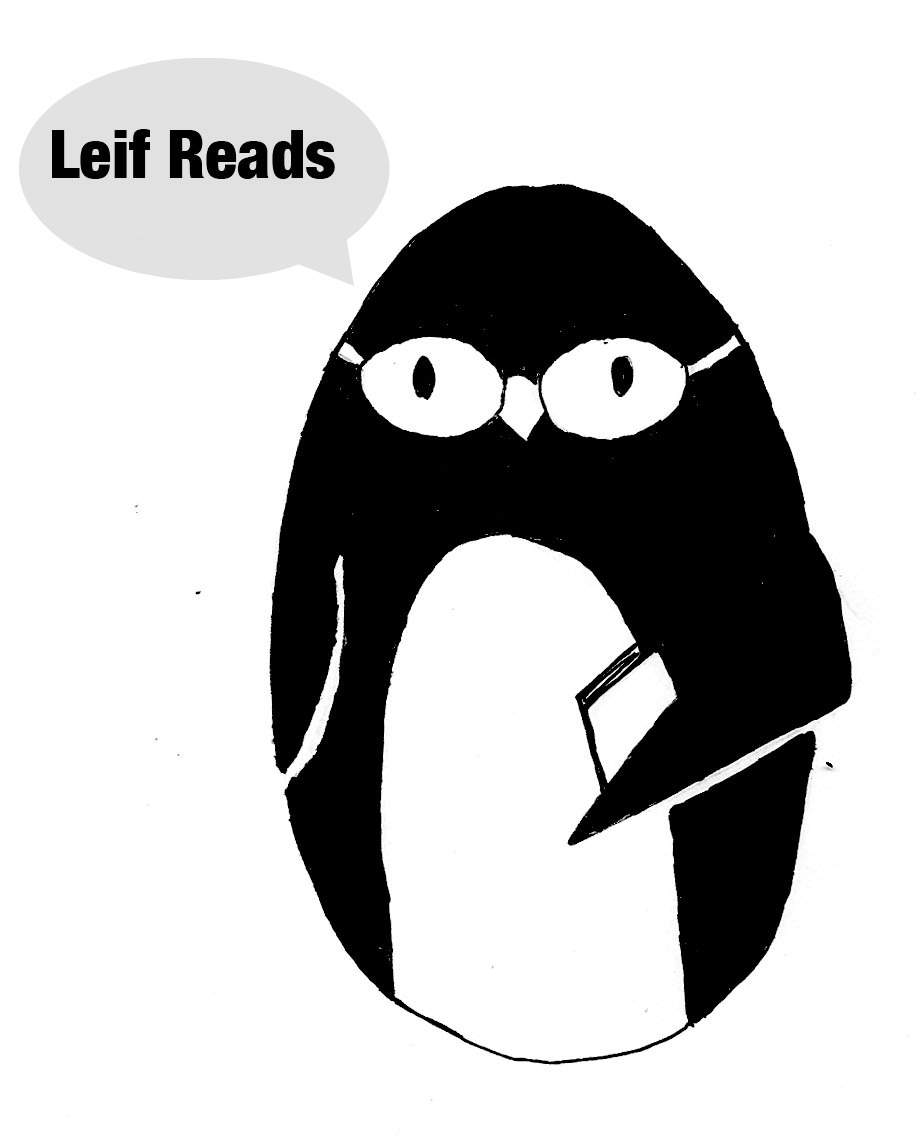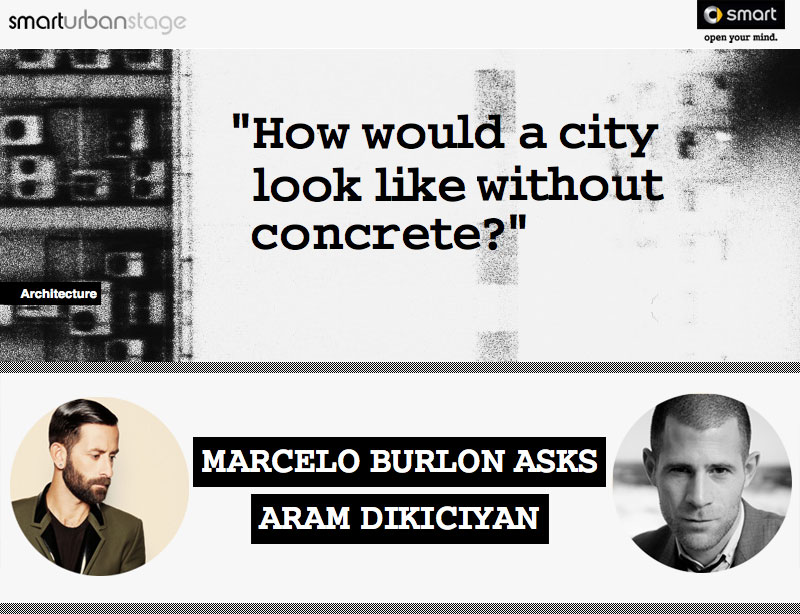Merry Wanderer of the Night [Search results for technology]
The Bulldogs (based on an underground comic-book)

Leif Reads: Coop

India: Pollution turning the Taj Mahal yellow

Sunday Salon: Camping

Review: Fault Line, by Barry Eisler

The Future of the City

MISS UNIVERSE CANADA 2011 CONTESTANT - Trisha Vergo

Homework readin'

Miss Universe Canada 2011 Contestant - Trisha Vergo

Slouching Towards Bethlehem

The educational centre for all and for everyone or how to spiritualise an industrial building
Hotel of new type in Amsterdam
Montaigne Mondays: Week Three

Smart’s Future of the City Continues

More Stuff: Forbes: The British Museum should return the Parthenon Marbles to Greece

A Change Has Come...
UK: New light for old master paintings

This Book is Overdue! How Librarians and Cybrarians Can Save Us All

Heritage: Two sections of Luxor's Avenue of Sphinxes to open

Smart’s Future of the City Continues






